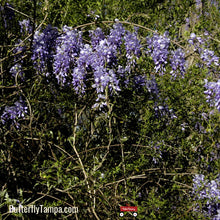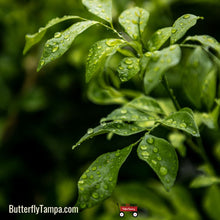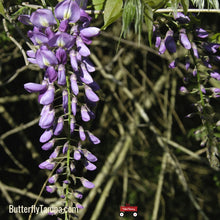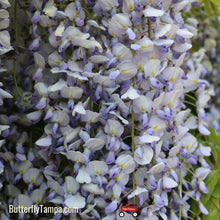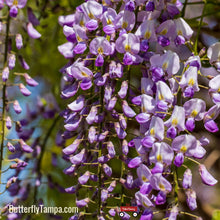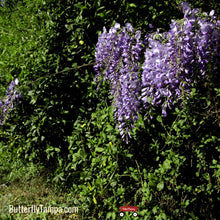
This long-lived perennial vine can grow 15-30 feet tall. Its fragrant bloom clusters are white to lavender to purple and flowers mid-spring to summer that are quite attractive. It isn’t just attractive to the human eye, but many pollinators love it too! It is the host plant for several lepidoptera species; the Silver spotted skipper, Marine blue, Zarucco duskywing, Cuphodes wisteriae moth, IO moth, Evergreen bagworm, Dogwood borer moth, Limacodid moth, Locust twig borer moth, Horace’s duskywing, Cecropia moth, Blinded sphinx moth, White-marked tussock moth, Fall webworm and the Long-tailed skipper. So it can bring lots of activity to your garden! It likes part shade to full sun. The flowers may be edible in small amounts but the rest of the plant is toxic to humans and pets – but the toxins are mostly in the pods and seeds. Grows in poor soil but likes rich soil also! But it can take years before it is mature enough to bloom – so patience is a virtue with this Florida native. A much better option to the Asian species Chinese wisteria and Japanese wisteria that were introduced and regarded as invasive in Florida.






